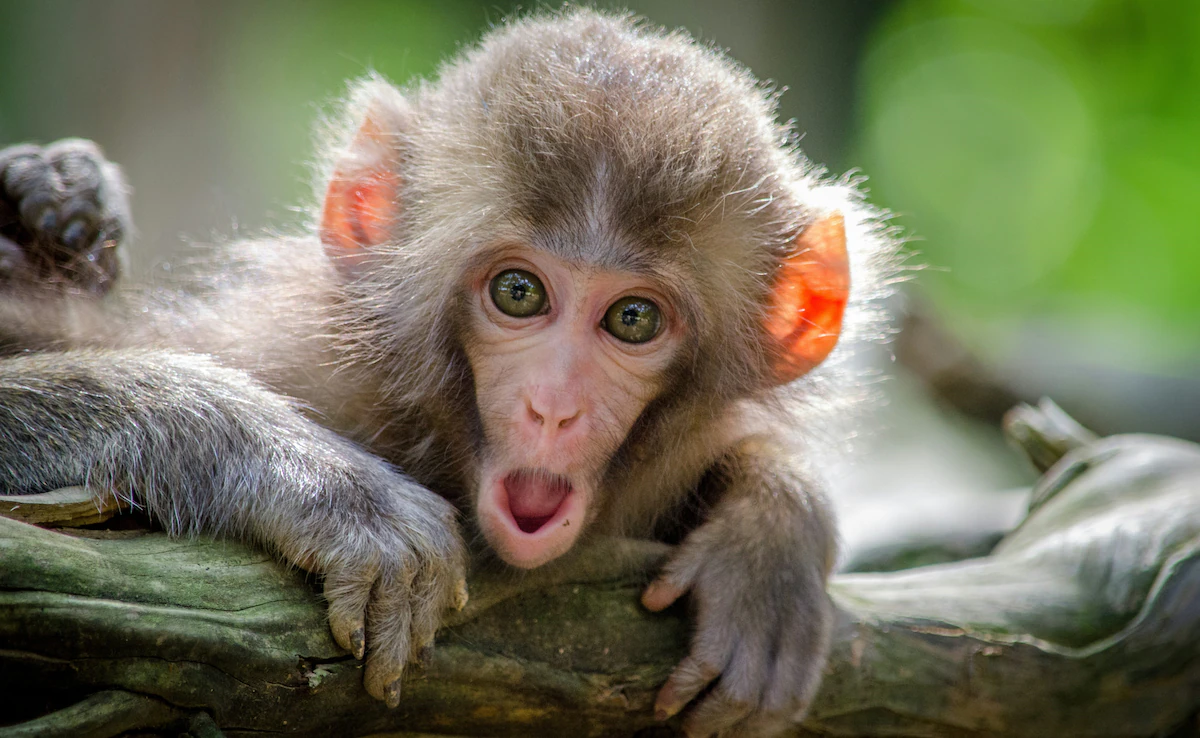- Rhesus monkey cloned successfully
- Chinese scientists use SCNT
- Experts cautious about human cloning
Over twenty-five years have passed since Dolly the sheep was successfully cloned as the inaugural mammal.
Scientists have now accomplished the first successful cloning of a rhesus monkey (Macaca mulatta), a primate species recognized for its proximity to Homo sapiens.
The genetically identical replica was generated using somatic cells (i.e., animal cells other than sperm and egg cells) obtained from a rhesus macaque by Chinese experts.
In contrast to previous endeavours to clone the species, since its birth in Beijing, the clone has maintained its “health” for over two years.
Nevertheless, ‘unjustifiable’ human cloning continues to be ruled out by experts due to the insurmountable ethical and safety concerns involved.
Somatic cell nuclear transfer (SCNT) was the method used by Qiang Sun and associates. They generated the rhesus monkey clone at the University of the Chinese Academy of Sciences in Beijing.
Advancements in Rhesus Monkey Cloning
The Rhesus macaque is intriguing due to its anatomical and physiological similarity to humans. It has seen extensive utilization in human health research thus far.
“Notably, no rhesus monkey has been cloned via somatic cell nuclear transfer as of yet,” the experts write in their Nature Communications publication today.
A healthy male rhesus macaque was successfully cloned, and a promising strategy for primate cloning was introduced.
SCNT transfers DNA from a somatic cell like a skin cell to an egg cell while removing its nucleus.
Because somatic cells cannot increase new organisms despite containing the genetic material governing their construction, the technique entails transferring DNA to an egg cell.
A successful transfer will result in a comprehensive reprogramming of the genetic material within the nucleus, facilitating the initiation of egg division and the subsequent development of a cloned embryo supported by a viable placenta.
In 2017, SCNT was also utilized to generate Zhong Zhong and Hua Hua, cloned crab-eating macaque monkeys (Macaca fascicularis).
Challenges in Cloning Primates
As Qiang Sun leads the Chinese team cloning the rhesus monkey, they cloned identical female crab-eating macaques.
Nevertheless, cloning the majority of mammalian species continues to be an exceedingly ineffective process, with high mortality rates during gestation and in the immediate postnatal period.
The 1997 rhesus macaque cloning attempt failed after the newborn died 12 hours later, according to the researchers.
From 113 embryos, the researchers cloned one animal, a success rate of less than 1%.
“Take a step towards financial freedom – claim your free Webull shares now!”
A researcher at the National Center for Biotechnology in Spain, Dr. Lluïs Montoliu, did not participate in the cloning effort. He asserts that achieving success with these experiments is “extremely challenging.”
“The cloning of Rhesus monkeys and crab-eating macaques both illustrates two concepts,” he stated.
“Firstly, it is feasible to achieve cloning success with primates; secondly, achieving success with these experiments is exceedingly challenging, given their extremely low efficiencies; thus, human cloning remains implausible.”
According to t should be used in conjunction with both primate species in biomedical research.
Challenges and Ethical Concerns in Cloning
Mammals cloned by various teams since the birth of Dolly the sheep in 1996 include mice and cows in 1998. Goats and pigs followed in 1999, cats and rabbits in 2002, rats and horses in 2003, and canines in 2005.
Due to their genetic similarities to humans, monkeys and chimpanzees have been studied more.
This may ultimately result in replicating human beings or human body parts, despite numerous experts having raised ethical concerns.
Cloning humans, according to Dr. Montoliu, is not only “superfluous and debatable,” but “extraordinarily challenging and unethically justifiable” if attempted.
Despite animal cloning for scientific research being legal in the UK, EU rules barred the new experiments.
Dr. Montoliu stated, “The legislation of the European Union regarding animal experimentation prohibits the use of non-human primates unless the purpose of the experiment is to investigate a serious, life-threatening disease affecting humans or the primate species itself, which is not the case in this experiment.”
“Your path to wealth begins here – don’t wait, get your free Webull shares.”
Efficiency and Ethical Questions in Cloning
The chief of the stem cell biology laboratory at the Francis Crick Institute, Dr Robin Lovell-Badge, stated that the methods “remain extremely inefficient and result in numerous miscarriages.”
He said, “The methods do not bring us any closer to reproductive cloning in humans, which has always been a nonsensical notion.
In addition to being unethical from a safety standpoint, the act of cloning an individual is puzzling: why would anyone be interested in doing so?
While the clone may resemble the individual whose cells were initially donated for somatic cell nuclear transfer. They will not possess the same personality because we are not mere products of our DNA. This is analogous
How “identical twins” appear extremely similar (though they are typically easily distinguishable).
